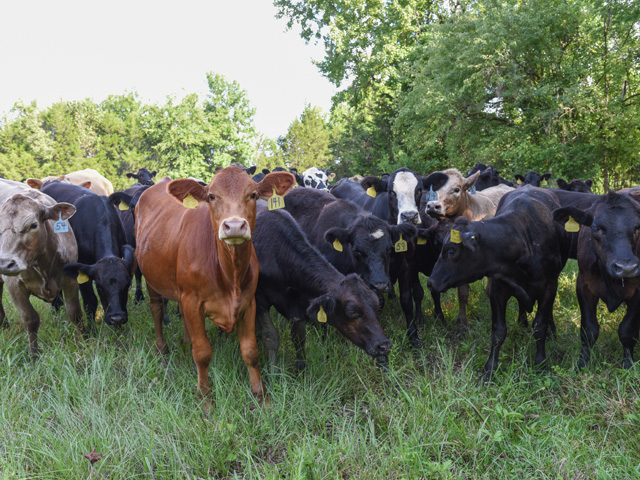Know the Costs
Opportunities to Lock in a Profit
If there is one practice Walt Prevatt preached more than any other during his Extension career, it is knowing costs. Today, the Alabama producer sticks faithfully to that rule, and says it makes a difference in profitability year-in and year-out.
This year, for example, with Prevatt's winter-bought stocker heifers, the breakeven is $125 per hundredweight (cwt), about $946 a head. If that seems a bit on the high side, remember, ag economists assign costs to things others tend to let slide.
P[L1] D[0x0] M[300x250] OOP[F] ADUNIT[] T[]
Here's how Prevatt pencils it out. The average cost of the heifers and trucking is $590 per head. Cost of gain is $356 per head -- including everything from dewormers to vaccines to fertilizer to marketing. What helps make the Prevatts low-cost producers is that they own the land, use their own money to finance the operation, and do their own labor.
Prevatt locked in a price on those heifers early June 2021, when the November feeder cattle futures price hit $163.25. The estimated basis for their feeder heifers in November was at minus-$20/cwt. That provided an expected cash selling price of $143.25/cwt.
The price objective was already set at $142/cwt, or $1,076 per head. So, when Prevatt pulled the trigger at $143.25/cwt, he knew he'd exceeded costs of production.
"There is so much volatility in cattle markets today," he states. "Every day we record the feeder cattle futures price in our spreadsheets, and we add our futures basis for heifers or steers to get our expected cash price at sell time. Equipped with our cost of production information, we calculate a breakeven price and set a price objective. Daily, we pay attention to our breakeven price and price objective."
He stresses if you have an opportunity to hedge in a profit, you better take it. "We hedged our feeder heifers in July for November delivery. Currently, we're sending in margin money, but that's OK. We protected a reasonable profit. There was too much risk ahead of us with higher feedstuff prices, the drought out West, trade issues and COVID."
You won't hear wife and partner Peggy giving him a hard time about the margin calls. "We work too hard to lose money," she says.
However, for those inevitable wrecks, they have a "buyer's remorse fund" included in their budget. They put $30 a head into savings during the good times.
"Then, when we have that wreck, we can dip into it," says Walt.
(c) Copyright 2021 DTN, LLC. All rights reserved.






